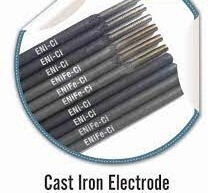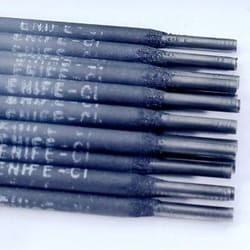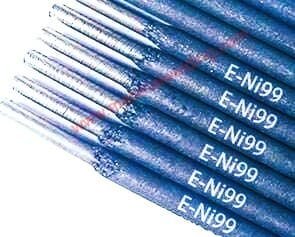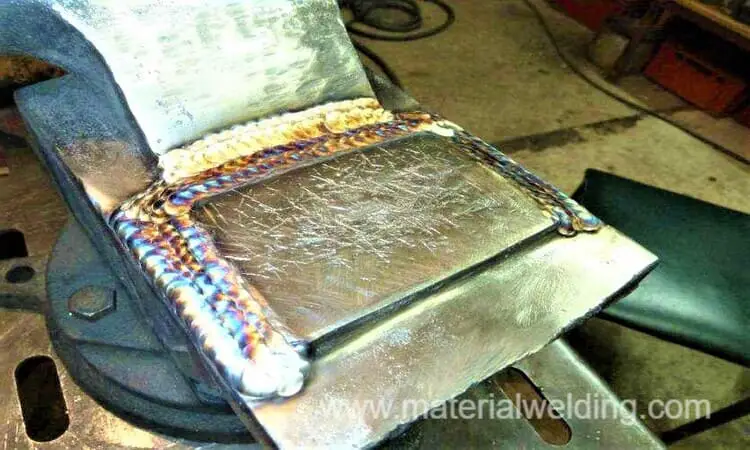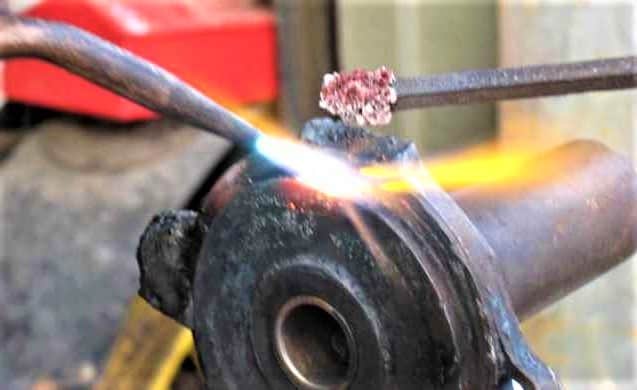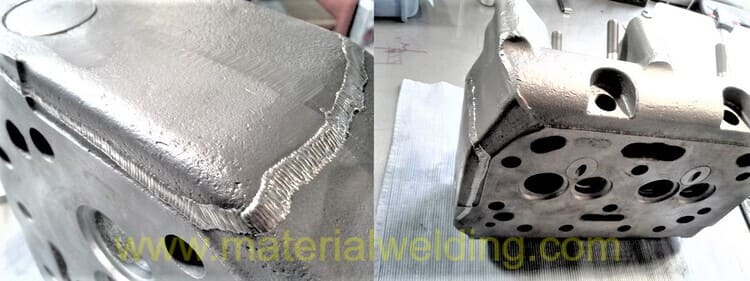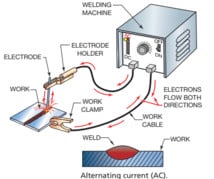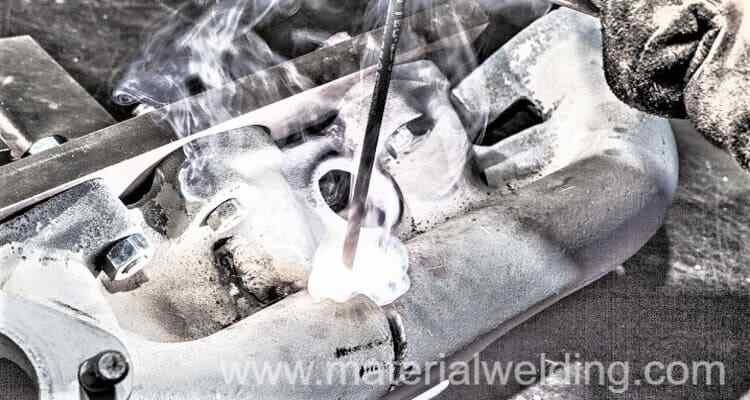Nickel Welding Rods for Cast Iron
Cast iron is one of the most commonly welded materials; however, it can be difficult to get the right results. But there is one type of welding rod in particular that reigns superior for cast iron welding: nickel welding rods. Nickel-base covered Stick welding electrodes are a best choice for arc welding of cast iron.
The weld metal created with these electrodes typically can be machined even without preheating, although the heat affected zone may not be as easy to machine. Compared to oxyfuel gas welding, arc welding with nickel-base covered electrodes is a faster process.
Nickel 55 and Nickel 99 are two of the most commonly used nickel welding rods for cast iron. In this article, I will cover the advantages that nickel welding rods have when it comes to welding on cast iron and why they are widely considered to be the best option for this application.
Following are the best welding rods for Cast iron welding:
Nickel 55 Rod
Nickel 55 welding rods contain about 55% nickel. Nickel 55 rod offers a versatile solution for repairing and joining different types of cast iron, including nodular iron, as well as welding them to steel and certain nonferrous base metals.
Castings with higher phosphorus levels than average (around 0.20% phosphorus) can be more efficiently welded using Nickel 55 electrodes rather than ENi-CI (Nickel 99) classified electrodes.
Based on previous encounters, these electrodes can create satisfactory welds on heavily constrained and thick weldments, as well as on high-strength and engineering grades of cast iron. They have good weldability, good ductility, and are highly resistant to cracking. They are also able to provide good machinability and can be used for welding a range of cast iron types.
Nickel 99 Rod
Nickel 99 rod is a useful electrode for welding gray irons together or joining them with other ferrous and nonferrous materials. It is also effective for repairing or reclaiming castings. When working with smaller and medium-sized castings, where welding stresses are not excessively severe or where the iron’s phosphorus content is not high, satisfactory welds can be achieved.
However, due to lower strength and weld metal ductility than ENiFe-CI, these electrodes should only be utilized when maximum machinability of highly diluted filler metal is required. In other cases, the ENiFe-CI classification is preferred.
It’s also worth noting that the ENi-CI classification can be applied to malleable or ductile iron. Nickel 99 welding rods contain about 99% nickel and are designed for use in general-purpose welding applications, including cast iron.
They have excellent weldability, good ductility, and are highly resistant to cracking. They also have good corrosion resistance and can be used for welding dissimilar metals. Both Nickel 55 and Nickel 99 are able to provide strong, durable welds that are less likely to crack or distort during the welding process.
Nickel welding rods are often used for welding cast iron because of their unique properties that make them particularly effective for this application.
Related reading: Best Welding Rod for Cast Iron Welding.
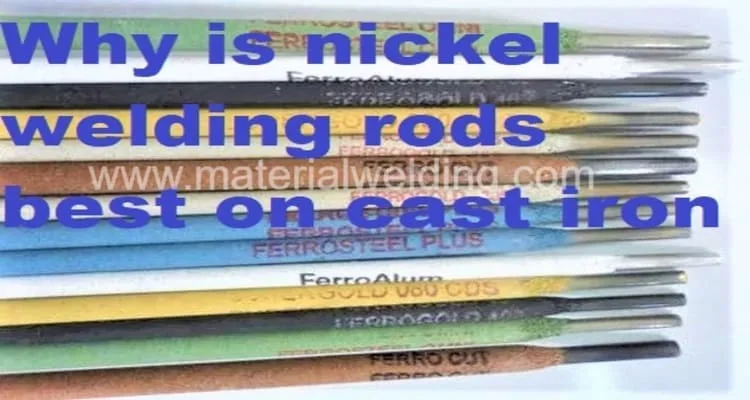
Why is nickel welding rods best on cast iron?
Following are the most important factors why nickel welding rods are a good choice for welding cast iron:
- Similar Coefficient of Thermal Expansion.
- Ductility.
- High Tensile Strength.
- Good Thermal Conductivity.
- Crack resistance.
- Good weldability.
Similar Coefficient of Thermal Expansion
Nickel has a similar coefficient of thermal expansion as cast iron, which means that it expands and contracts at a similar rate when exposed to heat. This helps to reduce the likelihood of cracking or distortion during the welding process.
Related Reading: How to Weld Cast Iron Welding: Complete Guide.
Ductility
Nickel welding rods are more ductile than other types of welding rods, which means they are able to absorb more of the thermal expansion and contraction that occurs during welding. This helps to further reduce the risk of cracking or distortion in the cast iron.
High Tensile Strength
Nickel has a high tensile strength, which makes it able to withstand the high stresses that can occur in cast iron and can make it magentic. This helps to ensure that the weld is strong and durable, and can resist breaking or cracking under load.
Good Thermal Conductivity
Nickel has good thermal conductivity, which means it is able to transfer heat away from the weld zone quickly and efficiently. This helps to reduce the risk of overheating and further reduces the likelihood of cracking or distortion.
